The analysis of the number of pigeons and fanciers announced for the 2020 season continues today with the presentation of the situation in associations of the Province of Moldova. Known as one of the most “populated” provinces in the number of columbophiles and pigeons, Moldova is in the charts, from this point of view, and this year. For example, we are talking about several associations with several hundred fanciers already active and an estimated number of pigeons of the order of tens of thousands for the first stage of the season.
As a number of county columbophile associations, Moldova is a medium-sized province. As is known, from a columbophile point of view, Moldova consists of associations of Suceava, Botoşani, Neamţ, Iaşi, Bacău, Vaslui, Vrancea and Galaţi counties. As a number of pigeons and fanciers, associations in the northern province sit very well, unlike those in the south, which have slightly fewer members and pigeons.
Suceava is the largest columbophile association in Moldova
In the 2019 season, after a first race in which not many fanciers participated, the Columbophile Suceava Association had more than 16,000 pigeons engaged and 407 participating fanciers at the second stage. However, as an area where people are looking for more long distance and extreme long distance races, participation in short stages is lower, both in the number of pigeons employed and fanciers who participate for these competitions. We can clearly see this by analyzing the first long distance stage of 2019 held in Suceava, Janow, a contest attended by 480 columbophiles, and 18,581 pigeons were engaged. This year, Suceava will have an appreciable number of pigeons and fanciers. So far, about 550 people have been announced, and the association’s representatives believe they will have more than 25,000 pigeons at the start of the season.
The situation is also good in Botoşani, Neamţ or Bacău
Things are very good in the rest of the Moldavian associations. In Botoşani, for example, a start to the season with 165 fanciers and about 8,000 pigeons is announced. The Columbophile Iaşi Association will have around 100 members in 2020 who will participate in competitions, and the number of pigeons estimated at the beginning of the season is 3,500, being an increase compared to previous years. The Columbophile Bacău Association, one of the most powerful associations in Moldova in terms of results, will be strong this year in terms of the number of fanciers and pigeons. Around 200 columbophiles in Bacau announced that they would compete in 2020, so we can expect a number of over 7,000 pigeons at the start of the season. An association with a slightly smaller number of fanciers, about 180 for 2020, is Neamţ. By contrast, the number of pigeons announced, around 12,000, is a very large one, relative to the number of fanciers. This allowed The Neamt members to draw up a plan “of “bushy” competitions, some of the weekends having not one, but two stages.
Fanciers from Vrancea and Galaţi will only compete in the long distance and extreme long distance categories.
The southernmost of the Moldavian associations, Vrancea and Galaţi, have been addressing a very interesting option for years. For fanciers in these two counties, the competition season starts at the first long distance stage of the year, that’s because all the stages before this one are considered training and do not benefit of rankings. Before reaching the first long distance stage of this season, in the Vrancea association, about 115 fanciers expressed their desire to participate in competitions, and the number of pigeons with which the training will start will be between 5,500 and 6,000. In Galaţi there are slightly lower figures than Vrancea: 75 fanciers and about 4,000 pigeons. Last but not least, the Columbophile Vaslui Association announces a participation of 80 members and 3,500-4,000 pigeons for this season.
Putting together the approximate figures of the representatives of the associations, over 1,450 moldavian fanciers will start the 2020 season, and in the early stages we should have a total of more than 68,000 pigeons.
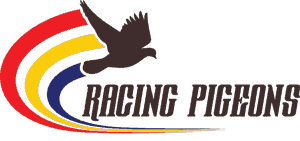

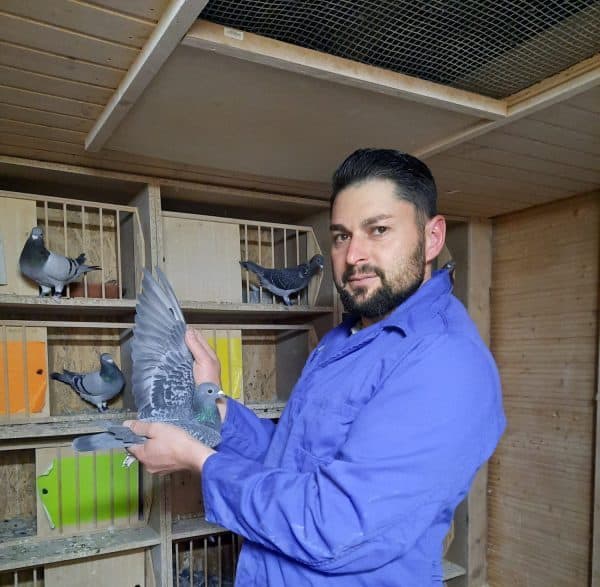
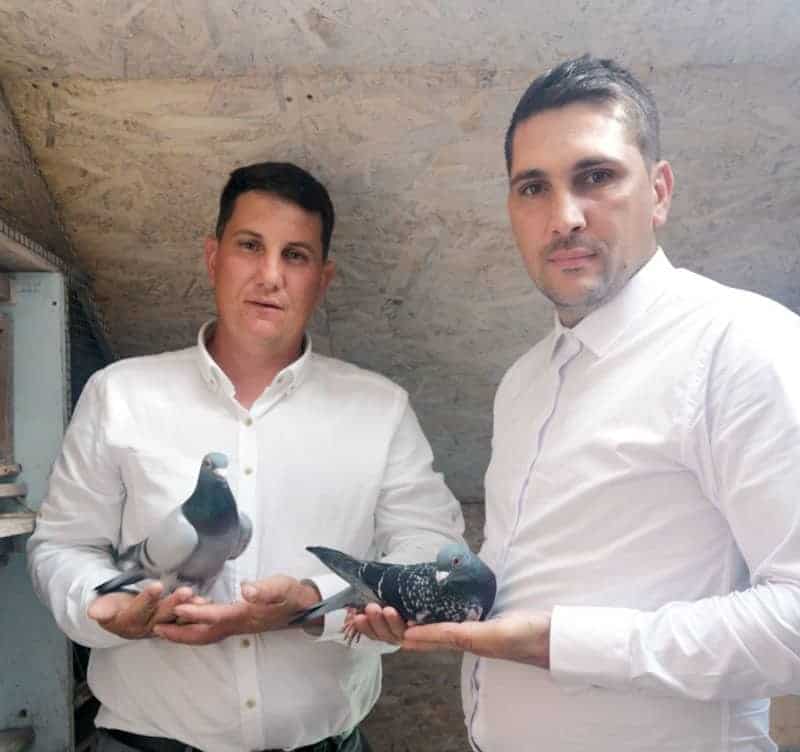
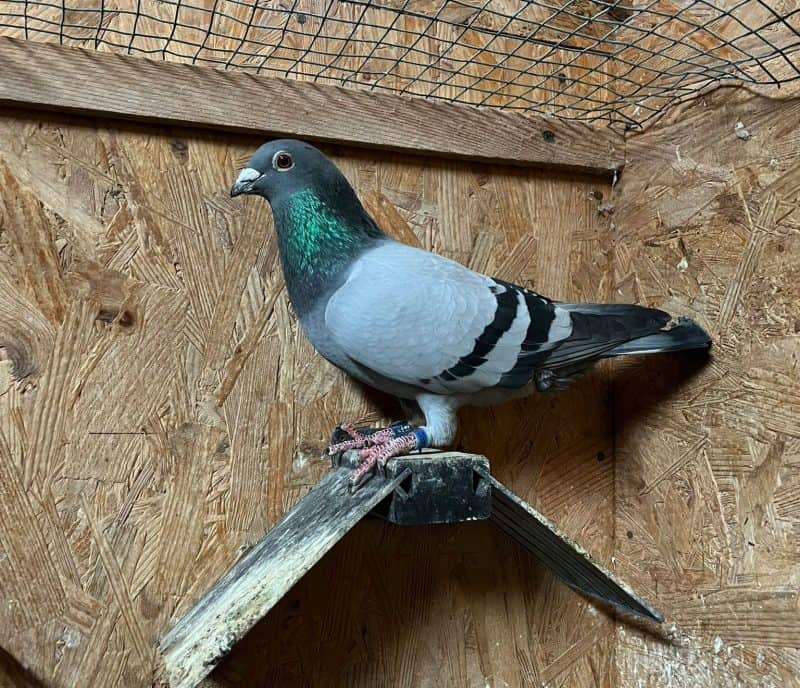
Leave a Reply